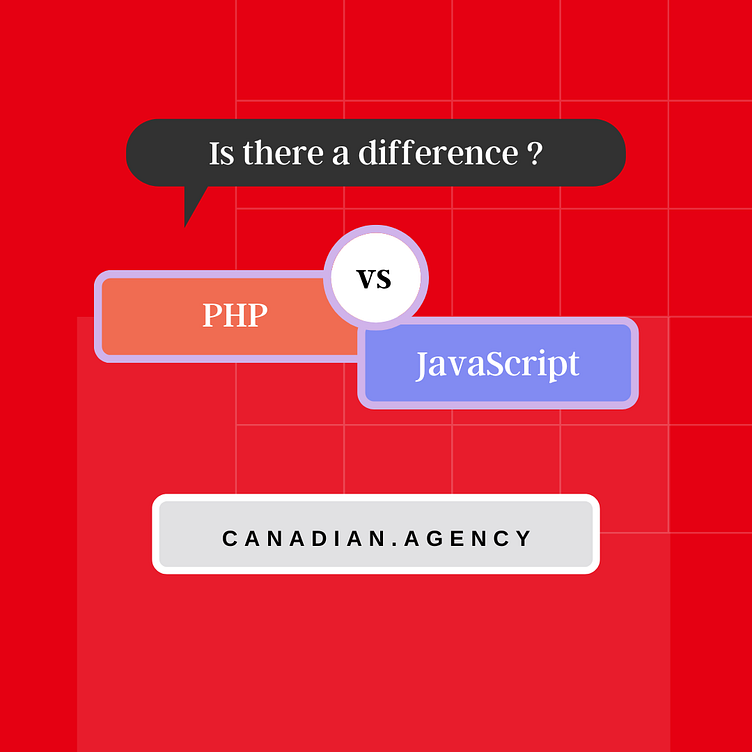PHP vs JavaScript: Understanding Their Differences
In the world of web development, PHP and JavaScript stand as two pillars, each serving distinct yet complementary roles. While both are integral to building dynamic and interactive websites, they possess unique characteristics, syntaxes, and use cases. Understanding the differences between PHP and JavaScript is crucial for developers to leverage their strengths effectively. Let's delve into a comparative analysis of these two popular scripting languages.
PHP:
PHP (Hypertext Preprocessor) is a server-side scripting language primarily used for web development. It is executed on the server, generating HTML content dynamically before sending it to the client's browser. Here are some key features and use cases of PHP:
Server-Side Processing: PHP operates on the server, enabling developers to handle tasks such as database interactions, user authentication, and file manipulation before serving the results to the client.
Extensive Functionality: PHP boasts a vast standard library offering functionalities for various tasks, including database access, file handling, string manipulation, and more.
Popular Content Management Systems (CMS): Many popular CMS platforms like WordPress, Joomla, and Drupal are built on PHP, making it a preferred choice for creating dynamic websites and web applications.
Ease of Learning: PHP is relatively easy to learn, especially for those with a background in programming. Its syntax is straightforward and closely resembles other programming languages like C and Perl.
JavaScript:
JavaScript, on the other hand, is a versatile scripting language primarily used for client-side scripting in web development. It runs in the user's browser, enabling dynamic content manipulation and interactivity. Here are some key aspects of JavaScript:
Client-Side Interactivity: JavaScript empowers developers to create dynamic and interactive web experiences directly within the user's browser. It can manipulate HTML content, respond to user actions, and update page elements without the need for server interaction.
Asynchronous Programming: With features like callbacks, promises, and async/await, JavaScript excels in asynchronous programming paradigms. This capability is crucial for handling tasks such as AJAX requests, fetching data from servers, and performing non-blocking operations.
Frontend Frameworks: JavaScript has a rich ecosystem of frontend frameworks and libraries like React, Angular, and Vue.js, which simplify the development of complex user interfaces and single-page applications (SPAs).
Full-Stack Development: With the advent of Node.js, JavaScript has expanded its domain to the server-side as well. Developers can now use JavaScript to build entire web applications, from frontend to backend, using a unified language.
Choosing Between PHP and JavaScript:
When deciding between PHP and JavaScript for a web development project, several factors come into play:
Server-Side vs. Client-Side Logic: Consider whether your application requires server-side processing (PHP) or client-side interactivity (JavaScript), or both.
Existing Infrastructure: If you're working with a CMS like WordPress or Drupal, PHP would be the natural choice. For modern SPAs or full-stack applications, JavaScript might be more suitable.
Development Team Expertise: Assess the skills and experience of your development team. Opt for the language they're most proficient in to ensure efficiency and maintainability.
In conclusion, PHP and JavaScript are both indispensable tools in a web developer's arsenal, each with its strengths and use cases. Understanding their differences and knowing when to leverage one over the other is essential for creating robust and engaging web applications. Whether you're building a dynamic website, a content management system, or a single-page application, choosing the right language can significantly impact the success of your project.
